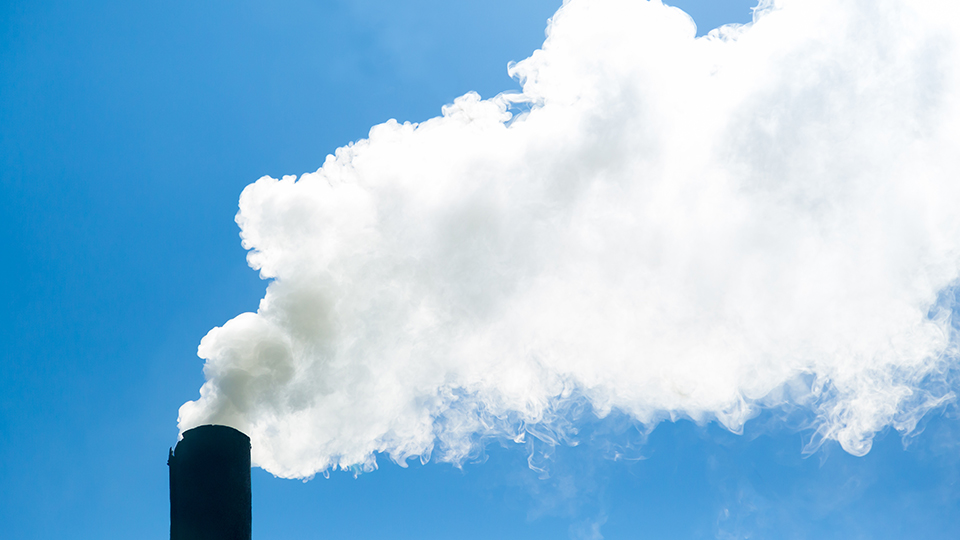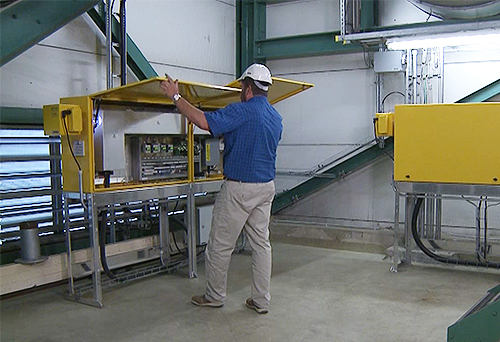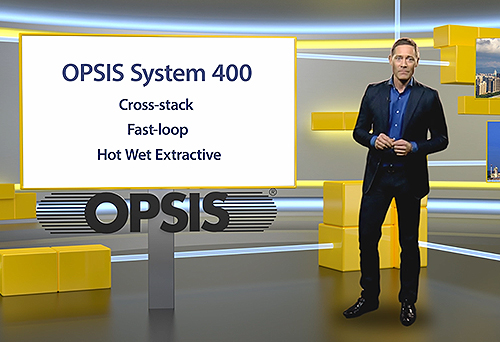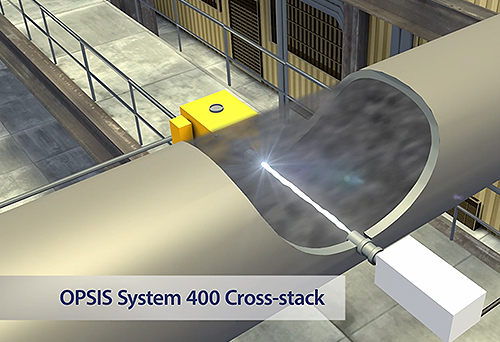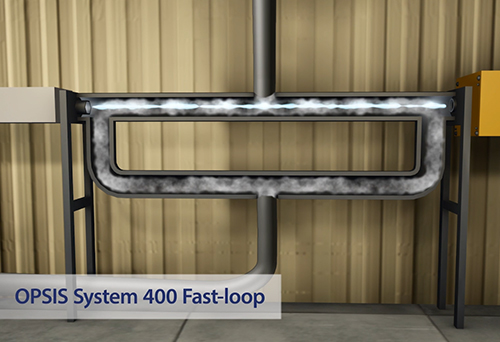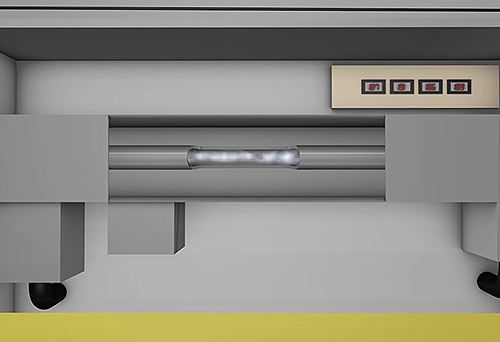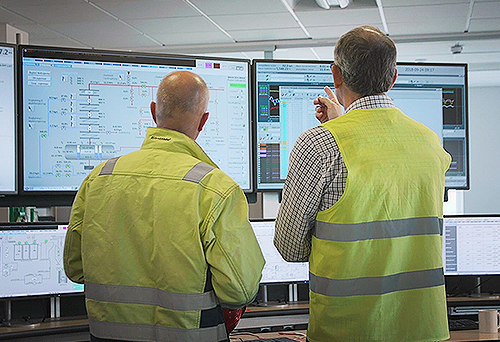Gas monitoring in glass manufacturing
The high temperatures in glass manufacturing can make it difficult to monitor gas concentrations for process control and emissions monitoring. However, OPSIS offers monitoring systems that handle the high temperatures in an excellent way.
MANY APPLICATION AREAS
The OPSIS monitoring system can be used both for process control and for monitoring emissions. The OPSIS laser diode based system is particularly well suited for process control thanks to its fast response time with resolution down to a few seconds. If continuous emissions monitoring is to be performed, OPSIS UV-DOAS and IR-DOAS systems are good choices, especially as they can monitor concentrations of all relevant gases with high precision also at high flue gas temperatures.
OPSIS also offers systems for controlling the cleaning of the raw gas. More about this can be found on the raw gas measurement page.
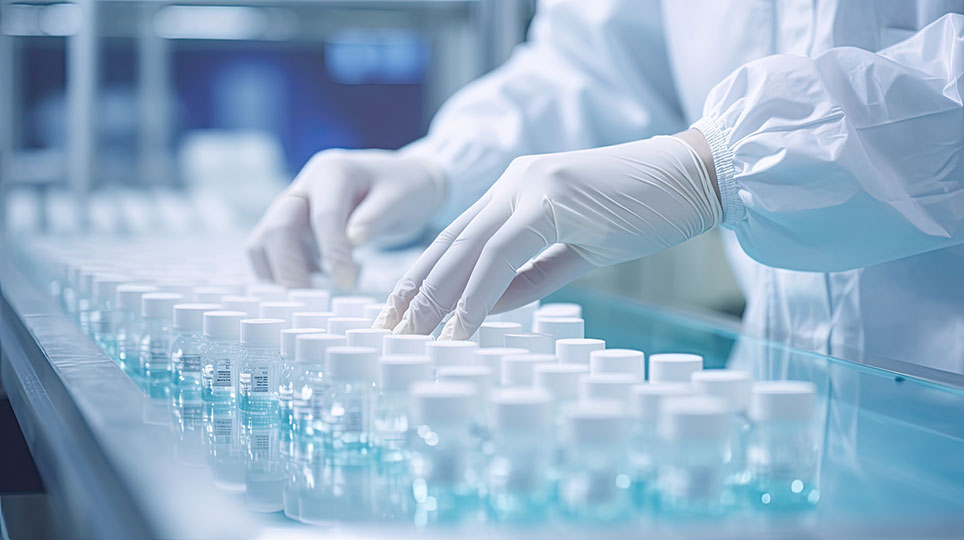
EFFICIENT MONITORING SYSTEMS managing HIGH TEMPERATURES
The OPSIS monitoring systems are based on gas analysers that have short response times, are accurate, and require minimal maintenance. The monitoring takes place contact-free along light beams where gas molecules can absorb parts of the light. When monitoring emissions, light beams are sent through the flue gas ducts, or some of the flue gases are led into measurement cells through which the light is sent. The light is captured and led via optical fibres to the analyser which measures the absorption and calculates the gas concentrations.
A single analyser can measure several types of gases along several light paths. It provides a very cost-effective monitoring system. The concentrations of all relevant types of gases can be monitored, for example NOX, SO2, CO, CO2, H2O, and O2.

GAS ANALYSIS WITH OPSIS
There are multiple reasons for choosing OPSIS as supplier of systems for gas analysis. Among the key benefits of the methods and solutions offered by OPSIS are:
- one system for all components
- a single system can measure at several monitoring points
- works perfectly also at high temperatures in the flue gas
- combines the benefits of the UV-DOAS, FTIR-DOAS, and TDL techniques
- best performance according to QAL1 certification
- longest calibration interval according to QAL1 certification
- optional automatic QAL3 control
- non-contact monitoring, no sampling
- long maintenance interval
- low energy consumption
- gas calibration only once a year
- thousands of systems installed worldwide
- certified by, among others, German TÜV and under British MCERTS standards.
